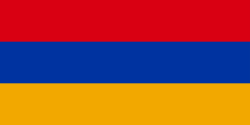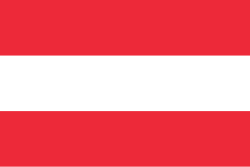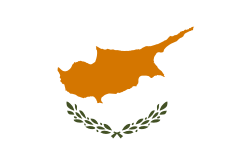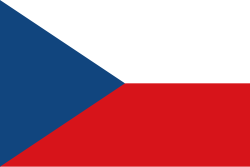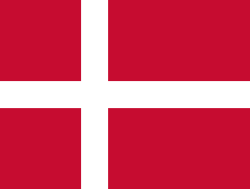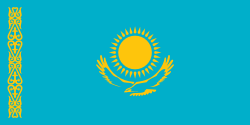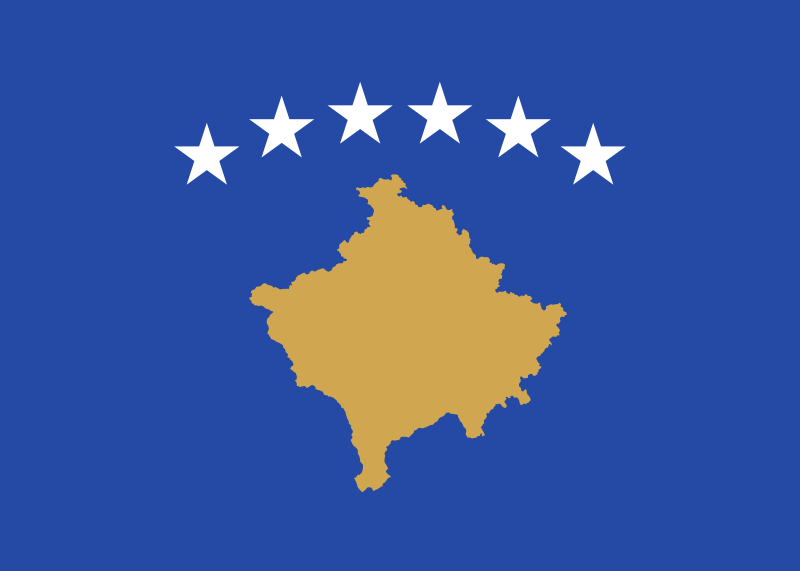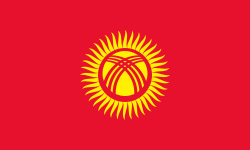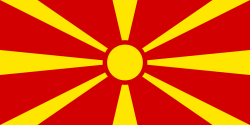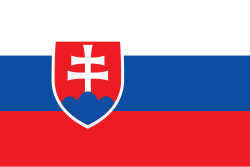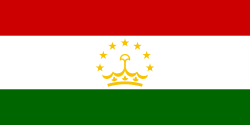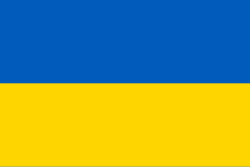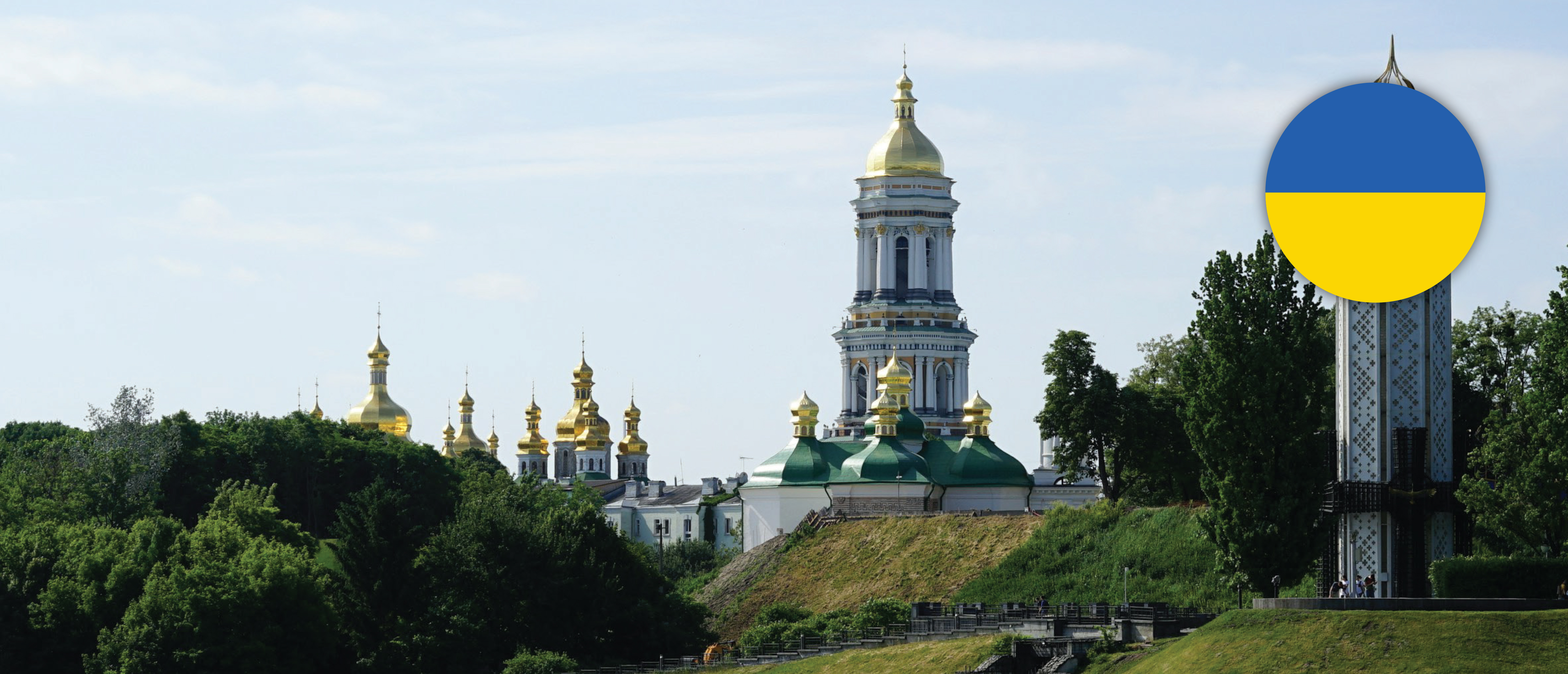General Information
Population
Immigration
Emigration
Working-age population
Unemployment rate
GDP
Refugees, Asylum seekers, IDPs
Citizenship
Territory
Migration Authorities
Responsible Body
Line Ministries
Agencies
Key Policy Documents
Strategy of the State Migration Policy until 2025
2021 - Legal database of IBM-related legislation
2015 - Law on ensuring of rights and freedoms of internally displaced persons
2015 Law on external labour migration
2015-2020 Development strategy of the State Border Guard Service
2012 - Law on the legal status of foreigners and stateless persons
2012 - Law on refugees and persons in need of subsidiary protection and asylum
2011 - Decree of the President of Ukraine on the Concept of State Migration Policy
Description
Ukraine has long been a country of origin, transit, and destination for migrants. In 2021, it ranked among the top ten origin countries and the top twenty destination countries of international migrants globally. According to the State Statistics Service of Ukraine, 22,587 people left the country in 2021, while 41,724 people arrived. Most of these movements, recorded by the number of people registering or de-registering at their place of residence, were regional, involving neighbouring CIS countries and EU Member States. On a country basis, inflows, involving both Ukrainian and foreign nationals, primarily originated from India, Russia, Nigeria, and Belarus. Those leaving Ukraine mostly went to Russia, India, Germany, the USA and Türkiye. When considering individuals who did not formally register or deregister their residence, the overall migration volumes were substantially larger, as also the migration corridor between Russia and Ukraine has consistently been one of the largest globally. These larger volumes were further evidenced by the steadily growing number of Ukrainian labour migrants, which the government of Ukraine estimated in 2021 to be over three million working abroad permanently and seven to nine million working temporarily. Within the EU, Poland has been the main destination for Ukrainian labour migrants, who held over half a million valid residence permits for employment purposes at the end of 2021.
Since Russia's full-scale invasion in February 2022, migration trends have been largely disrupted, with forced displacement overshadowing all other migratory movements. By early 2024, between 9.6 and 10.8 million Ukrainians remained displaced either internally or across borders. UNHCR operational data indicated that by mid-July 2024, some 6.6 million Ukrainian displaced persons were recorded worldwide, with slightly over 6 million in Europe. For comparison, in 2021, Ukraine was the origin of just over 27,000 refugees. Within the EU, Germany, Poland, and the Czech Republic host the largest number of Ukrainians under temporary protection, estimated as of April 2024 at 1.3 million, 950,000 and 344,000, respectively. Another 1.27 million are claimed to be in Russia, but these figures are likely inaccurate. Ukrainians have also moved to the US (271,000 as of February 2023), the UK (174,000), Canada (199,000), Türkiye (around 50,000), and Georgia (26,000). The number of internally displaced persons stood at 3.7 million to 4.9 million at the end of 2023, according to the Ukrainian Ministry of Social Policy and UNHCR, respectively.
As of mid-2024, the situation in Ukraine remains volatile. Some 14.7 million people in Ukraine – nearly 40% of its population – may require multi-sectorial humanitarian support. As the war persists, the number of people fleeing the country could increase, with extreme-case scenarios estimating that an additional 9.44 to 19.05 million people may be forced to leave.
In addition to the contingent of Ukrainians residing in the EU under temporary or international protection, over 1.4 million Ukrainians held valid residence permits as regular migrants at the end of 2022. Poland, Italy, and Czechia were the top three countries issuing permits to Ukrainians, with shares of 31.1%, 17.6% and 13.7% respectively. As in previous years, employment-related reasons were predominant among Ukrainian nationals, accounting for 48.6% of the permits issued.
Ukrainian regular labour migrants and those under the temporary protection who are gradually entering the EU labour market remain essential for Ukraine. Their remittances, amounting to 13 billion USD in 2022 and 15.7 billion USD in 2023, are vital to supporting Ukraine’s economy. A September 2023 EUAA survey suggested that 58% of displaced Ukrainians in the EU were employed; of them, some 19% were employed remotely. Employment rates vary by country, with 65% employed in Poland, around 50% in the Netherlands, and approximately 20% (214,000) in Germany as of the end of 2023.
The ongoing war and resulting forced displacement of Ukrainians exacerbate Ukraine’s population decline, hindering the country’s economic growth. From 1993 to 2022, Ukraine lost ten million people due to natural decline, outmigration driven by various factors, including socio-economic conditions, labour market situation in Ukraine, the conflict in the country’s eastern part, as well as the annexation of Crimea. According to 2023 estimates by the Ministry of Economy of Ukraine, the country will need an additional 4.5 million workers over the next decade, including for reconstruction, to compensate for the existing and anticipated labour market shortages. Migration policy, which the country has been continuously improving, may become instrumental in addressing this challenging demographic situation. As outlined in the Strategy of State Migration Policy until 2025, adopted in 2017 and amended in January 2024, Ukraine needs to create necessary conditions for the return and reintegration of its citizens, whether they are labour migrants or have received temporary protection abroad. Moreover, the Strategy also identifies tasks aimed at promoting legal immigration to Ukraine through the development and implementation of a quota system for employment, designed to respond flexibly to labour market needs.
Despite the ongoing war, immigration to Ukraine continues, albeit at reduced levels. The number of newly issued permanent residence permits declined from 21,000 in 2021 to 10,000 in 2023, with 2,200 issued in the first quarter of 2024. Similarly, the number of issued temporary residence permits decreased from 82,000 in 2021 to some 17,000 in 2023. Moreover, in 2023, Ukraine hosted over 50,000 international students, down from nearly 85,000 in the pre-war period of 2021-2022. The stock of foreigners and stateless persons residing in Ukraine temporarily equally decreased from 189,000 in 2021 to 62,000 in 2023, and further down to 52,000 in the first quarter of 2024. At the same time, the stock of immigrants has slightly increased from 303,115 recorded in 2021 to over 306,000 in 2023, and further up to 308,000 in the first quarter of 2024.
Although the reasons for immigration to Ukraine remain similar to the pre-war ones, with family reunification (83% of immigrants as of 2020) and employment being the most common, more people come to Ukraine to volunteer or work in public non-governmental organisations since February 2022. Labour migrants in Ukraine are mostly executives and managers, with every third heading an enterprise. Despite the risks, they continue to conduct business in Ukraine and perceive numerous prospects and attractive factors for investing in Ukrainian infrastructure and industry, such as the cancellation of customs and quotas for Ukrainian exports, and inclusion in the Trans-European Transport Network TEN-T. Furthermore, since Ukraine received EU candidate status and began accession negotiations, the number of migrants from the Global South seeking entry remains high.
Before 2022, Ukraine served as an important transit country for irregular migrants en route to the EU, with the number of irregular border crossings increasing year by year. In 2020 and 2021, the number of migrants found as crossing the border in irregular manner reached 1,300 annually. However, in 2023 and in the first four months of 2024, this number stood at 91 and 43 persons, respectively. The number of migrants staying irregularly in Ukraine dropped from nearly 11,000 in 2021 to around 2,000 in 2023. Experts believe that a significant influx of both regular and irregular migrants should be expected after the war in Ukraine ends, especially during the country's reconstruction stage. As of mid-2024, Ukraine has concluded readmission agreements with 14 countries and the EU.
Since Russia’s invasion in 2022, Ukraine has been actively updating and implementing changes to its migration laws and regulations, primarily to address high levels of internal displacement. The country also remains under martial law, which has been extended multiple times (most recently in May 2024). This ongoing state of emergency has significant implications for migration policies, including the operational status of military enlistment offices and various administrative procedures. One major restriction under martial law is the prohibition of men aged 18 to 60 from leaving the country, affecting family reunification and mobility altogether. Furthermore, on 18 May 2024, a new Ukrainian Mobilization Act came into force. For Ukrainians living abroad, the law introduces stricter requirements for maintaining military registration, impacting their ability to access consular services such as passport renewals, which may affect their mobility.
Ukraine actively contributed to the development of the Global Compacts on Migration and Refugees but did not sign either, as they did not address the issue of IDPs, which is critical to Ukraine. The country is the party to the Prague Process and the Budapest Process.

